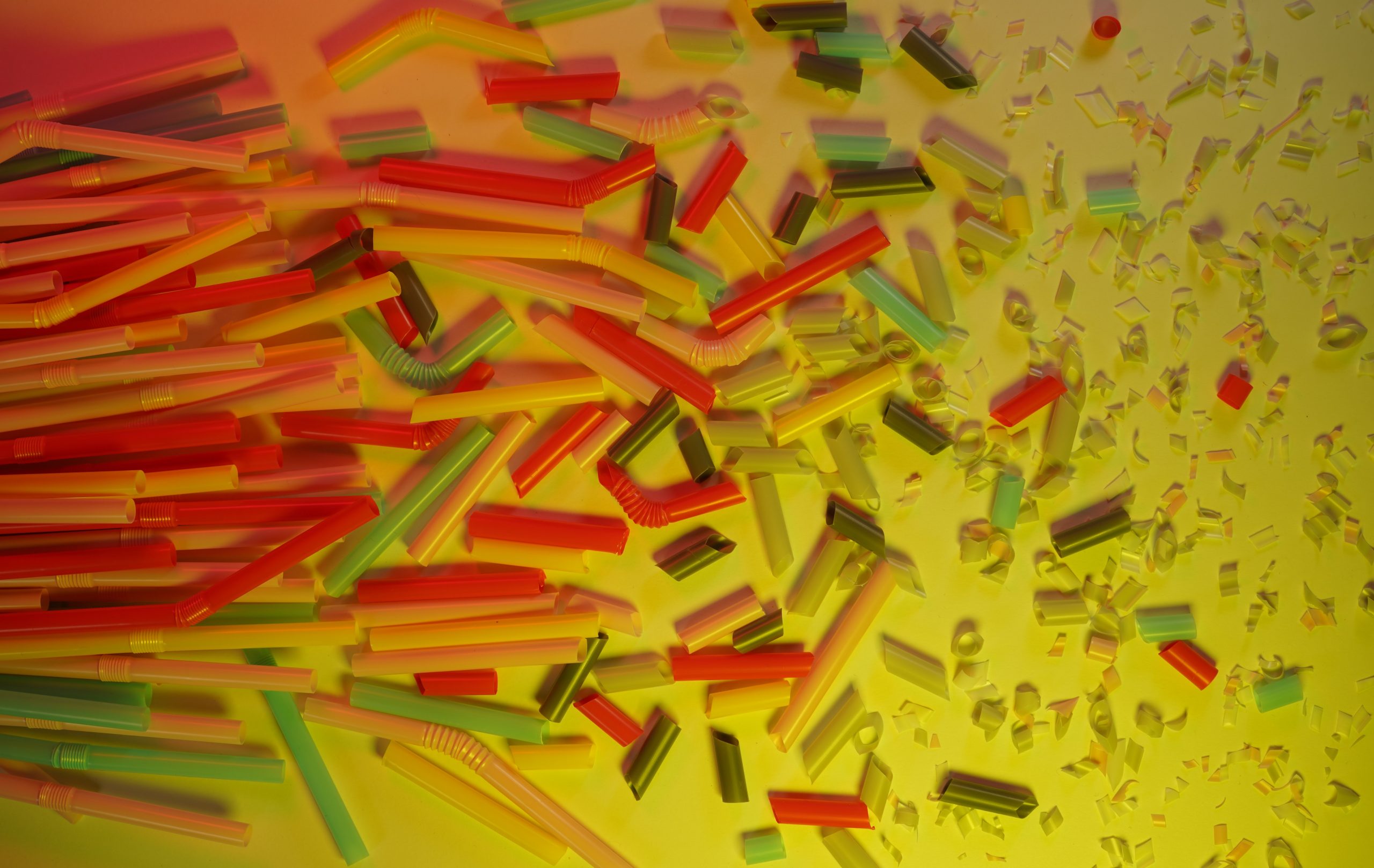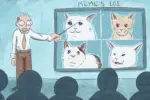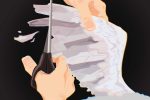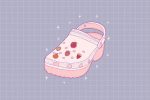Microplastics are small — less than 5 millimeters in length — particles of plastic that are the byproduct of the improper disposal and breakdown of industry products. As tiny as they are, they, unfortunately, have a large impact on the environment as well as our bodies. Scientists note that these tiny plastics are appearing more often, everywhere. Recently, scientists have discovered these tiny plastics in rain and as far as the Arctic, in turn, stirring up discussion about manufacturing and consumer habits. Even stranger, these particles have infiltrated internet meme culture, spreading on platforms such as Instagram, TikTok and Twitter.
There are two main forms of microplastics, primary and secondary. Primary microplastics are those that are purposely manufactured as tiny particles. Think of the little beads in face scrubs, the small fibers of synthetic textiles or the plastic pellets used in manufacturing. These are unintentionally released into the environment through consumer practices like rinsing your cosmetic products down the drain, laundering your clothes in a washing machine, or, on a more industrial level, when large-scale factories direct their runoff into lakes and rivers. This means that almost everything adds microplastics to the environment, from large industrial factories to individual households. Secondary microplastics are weathered fragments of larger plastics. As a material, plastics cannot biodegrade, so when they are exposed to external conditions such as abrasion from water or wind or ultraviolet radiation from the sun, they break down into smaller and smaller pieces. Their small size makes it easier for these particles to spread across various environments and enter much smaller systems, such as the bodies of humans and animals.
An ocean setting with its balmy breeze, bright sunshine and continuously lapping waves provides the ideal environment for microplastics to form, especially considering how much plastic trash collects from incorrect waste disposal. This results in plastic making its way into the bodies of fish and other sea creatures. In turn, the seafood that we consume is teeming with these plastic particles. Recent studies have determined that on average, a person annually ingests 53,864 particles from just seafood alone.
But this problem doesn’t stop at the beach. Upon further research, scientists discovered microplastics in the meat and blood of farm animals. By studying livestock, they concluded that 80% of the specimens they inspected harbored plastic particles internally. By investigating the pathway of these particles, researchers were able to trace the presence of plastics from ingestion to absorption into the body. After examining the livestock feed, researchers verified that all of it contained microplastics and claimed it to be a result of the repurposing and processing methods. Maria Westerbos, director of Plastic Soup Foundation, warned: “Most likely, almost every steak and burger contains small pieces of plastic.”
This contamination of the food chain has negative effects on both the animals and the humans who consume them. In both aquatic and land animals, microplastics have been shown to reduce food intake, hinder growth patterns, induce oxidative damage and cause abnormal behavior. In humans, studies have found that microplastics can damage cells and incite inflammatory and immune responses. These are just the impacts that we are aware of, as the field is relatively unstudied, especially concerning long-term effects.
Microplastics have been around for as long as we have been using plastic as material, yet widespread public awareness surrounding them and their impact is relatively recent. And just like everything else, people started to incorporate microplastics into internet culture. However, their popularity has only recently become widespread, most likely as a response to a Dutch study conducted in March 2022 that reported microplastics being found in human blood.
Similarly popular, videos and memes about microplastics are showing up everywhere online, from TikTok to Twitter. A common meme depicts microplastics as seasoning for food, portraying a McCormick’s seasoning bottle edited to advertise the plastic particles for use in a culinary setting. Other popular, more classically formatted memes read “What’s wrong babe, you’ve hardly touched your microplastics.” Others on Twitter joke about craving them. Others, like @deleuzean_thembo on Instagram, posted a meme with an image of Drake, captioned “drinking microplastics flavored thick water (it’s like boba tea).” Spanning platforms and formats, the plastic particles have effectively established themselves as an internet culture phenomenon.
It may seem like microplastics are a strangely scholarly and somewhat dark topic for memes, but in fact, it is often the more difficult topics in life that people joke about, whether as a means to better comprehend them or as a way to deal with the subject matter. Julia Cohen, co-founder of the Plastic Pollution Coalition, related: “When people start creating memes, it doesn’t mean that society thinks the issue is a joke. Sometimes it’s one way our culture handles hard and overwhelming topics or identifies a problem in the world that exists.”
The idea of microplastics existing within our bloodstreams is indeed a scary thought, so it is natural that people may turn to humor to process the new discovery. Alistair Fawcus, an Australia-based influencer who has posted heavily on the subject, said, “It feels like a big nervous laugh that’s shared across the internet, with the majority knowing good and well all the ramifications of microplastics entering our food and water supply.”
The public understands microplastics on a comedic level, however, does this mean that people are not taking this important topic seriously? With such dramatic effects on both our bodies and the environment, it is important that people do not see this issue as a joke. Cohen believes that the use of microplastics in meme culture is a good thing, stating, “When important topics become a part of popular culture and mainstream media … it can indicate that the public is starting to be aware of an important issue.”
Joke or not, the fact that microplastics are receiving so much media attention means that they have gotten a lot of public exposure. Awareness is the first step to getting people to take action to reduce microplastics in our food chains and environments. So, these memes may have a beneficial impact that goes beyond making us laugh.

















